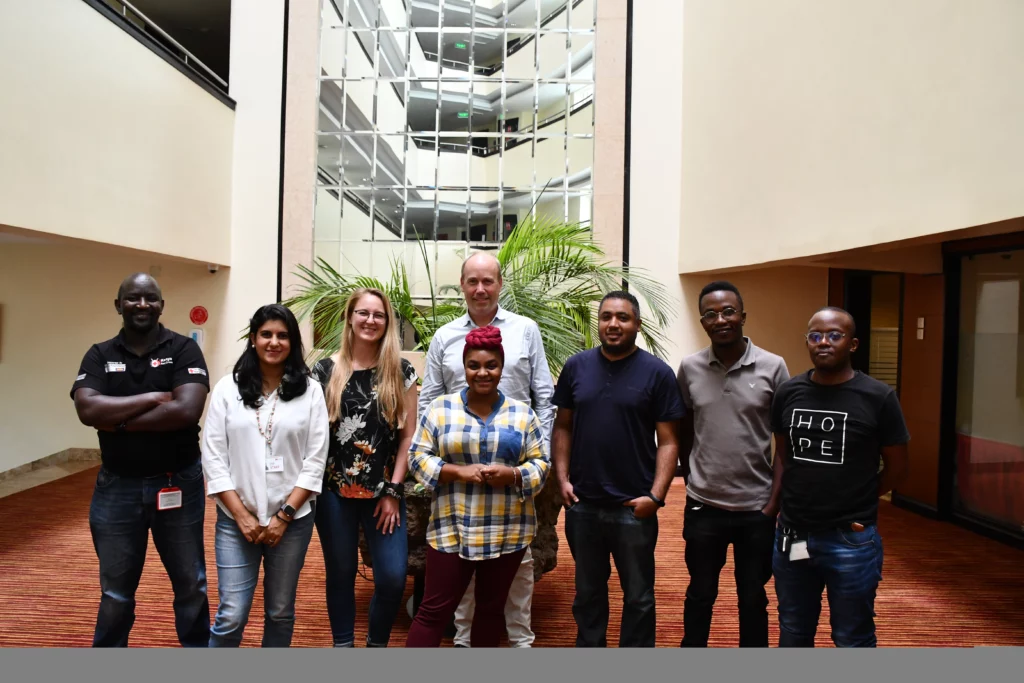Information Management
In the area of humanitarian useful resource, the effective control of records is paramount to the fulfillment of alleviation efforts. Information management (IM) encompasses the collection, analysis, and dissemination of statistics, which enables humanitarian businesses to make informed decisions, coordinate actions, and supply useful resources successfully, efficiently and effectively.


1. Informed Decision-Making
Develop accurate and timely facts that facilitate the organization to reach affected vulnerable populations, allocate resources appropriately, and devise strategies that maximise output impact.

2. Coordination and Collaboration
Support in coordination systems that regularly involve multi-agencies, enhancing collaborations and synergies.

3. Transparency and Accountability
Develop information control structures to enhance transparency by way of providing a clean documentation and reporting systems.

